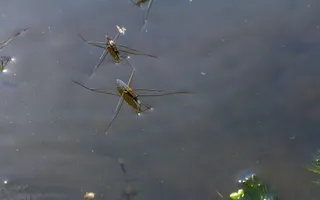Can swans really break your arm?
Swans can be aggressive and you certainly don’t want to go near their nests, but will they actually break your arm? Unlikely.
Swans are large birds with powerful wings, muscular necks and strong beaks – and they could definitely deliver a painful blow. However, if a swan does attack, you’re much more likely to suffer a bruise or scrape than any broken bones.
That said, it’s not worth the risk. Keep your distance from hissing swans, especially in the mating season when they can be particularly hostile. Remember that swans are a protected species, and it’s illegal to harm one.













